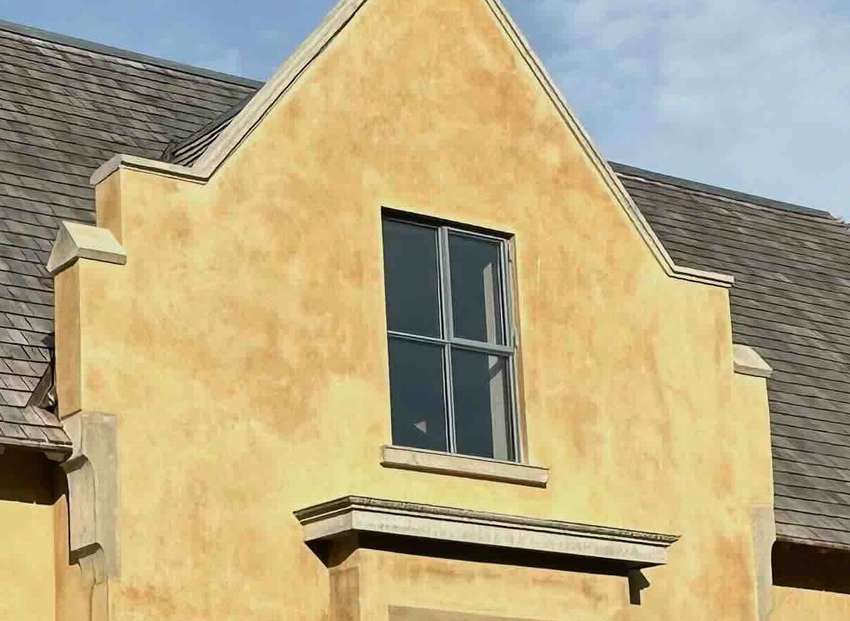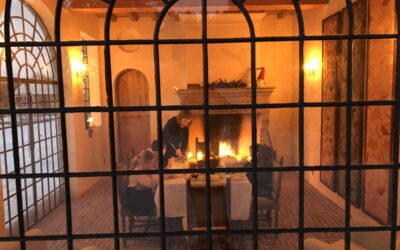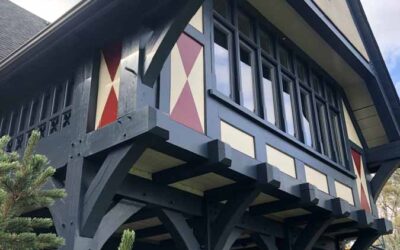What Is Traditional Lime Plaster?
Traditional lime plaster is a natural, breathable wall finish made from slaked lime, sand, and sometimes natural fibers, used for centuries in buildings across the world. Unlike modern cement-based plasters, lime plaster remains flexible, allowing buildings to move and breathe while preventing trapped moisture that can lead to structural damage. This material has been used since ancient times, with evidence of its application in Roman, Egyptian, and medieval European architecture.
The Decline of Lime Plaster
Despite its many benefits, lime plaster fell out of favor with the rise of industrial building materials in the 20th century. The introduction of Portland cement and gypsum-based plasters made construction faster and easier but sacrificed breathability and longevity. Lime plaster also requires a deep understanding of its chemistry and application techniques, as it cures through carbonation rather than drying, making it more labor-intensive and requiring skilled craftsmanship. The loss of traditional building knowledge further contributed to its decline, as fewer tradespeople were trained in its proper use.
The Benefits and Aesthetic Appeal of Lime Plaster
Lime plaster offers many advantages that modern materials simply cannot match:
- Breathability: Allows moisture to escape, preventing mold and decay.
- Durability: Naturally resistant to cracking and improves over time.
- Eco-Friendly: Absorbs carbon dioxide as it cures, making it a sustainable choice.
- Aesthetic Depth: Develops a soft, organic texture that adds warmth and character to any space.
- Historic Authenticity: Essential for restoring heritage buildings with period-appropriate materials.
Different Types of Lime Plaster Finishes
One of the most remarkable aspects of lime plaster is its versatility in achieving a wide range of finishes:
- Smooth Lime Plaster – A fine, polished surface often used in classical and contemporary interiors.
- Limewash – A thin, breathable coating that gives walls a soft, chalky appearance, ideal for historic restoration.
- Marmorino – A Venetian-style plaster incorporating marble dust, producing a smooth, slightly reflective surface.
- Tadelakt – A Moroccan waterproof plaster finished with olive soap, giving it a rich, silky texture perfect for bathrooms and wet areas.
- Stucco – A textured, weather-resistant finish suitable for exterior applications.
- Scratch and Float Coats – Rougher textures used as a base layer or for a rustic aesthetic.
The Revival of Lime Plaster
In recent years, lime plaster has been rediscovered by architects, builders, and homeowners seeking a more sustainable and traditional approach to building. The increasing focus on natural materials, historic preservation, and breathable wall systems has reignited interest in this time-honored technique.
For both restoration and new construction, lime plaster is a superior choice. It brings longevity, health benefits, and aesthetic beauty to a space while respecting traditional craftsmanship. Whether used to repair heritage structures or to create a naturally luxurious atmosphere in a new build, lime plaster stands as a testament to the wisdom of past generations and the future of sustainable architecture.
If you’re considering lime plaster for your next project, reach out to us. Our expertise in traditional building methods ensures that your walls will not only look stunning but also stand the test of time.




0 Comments